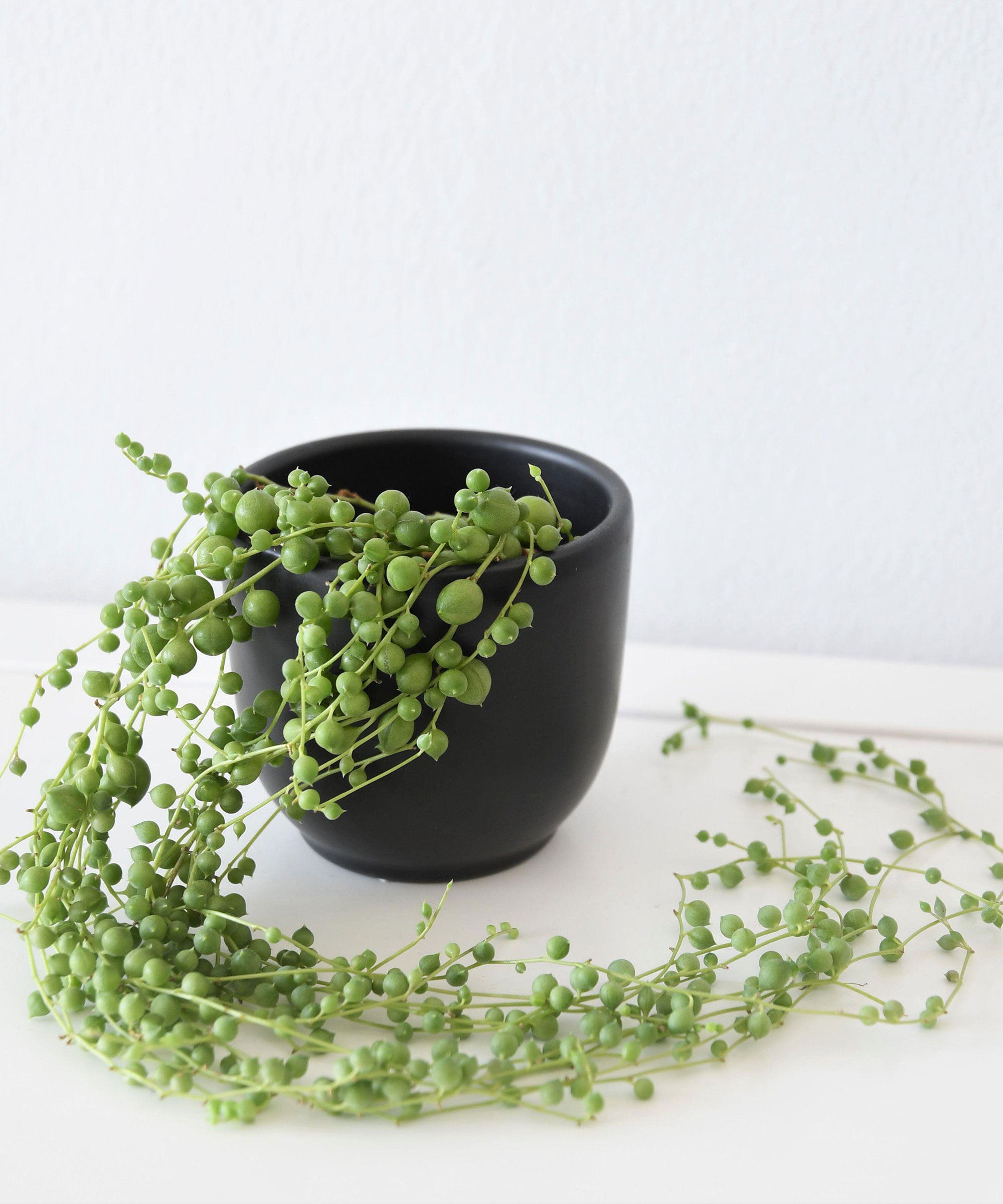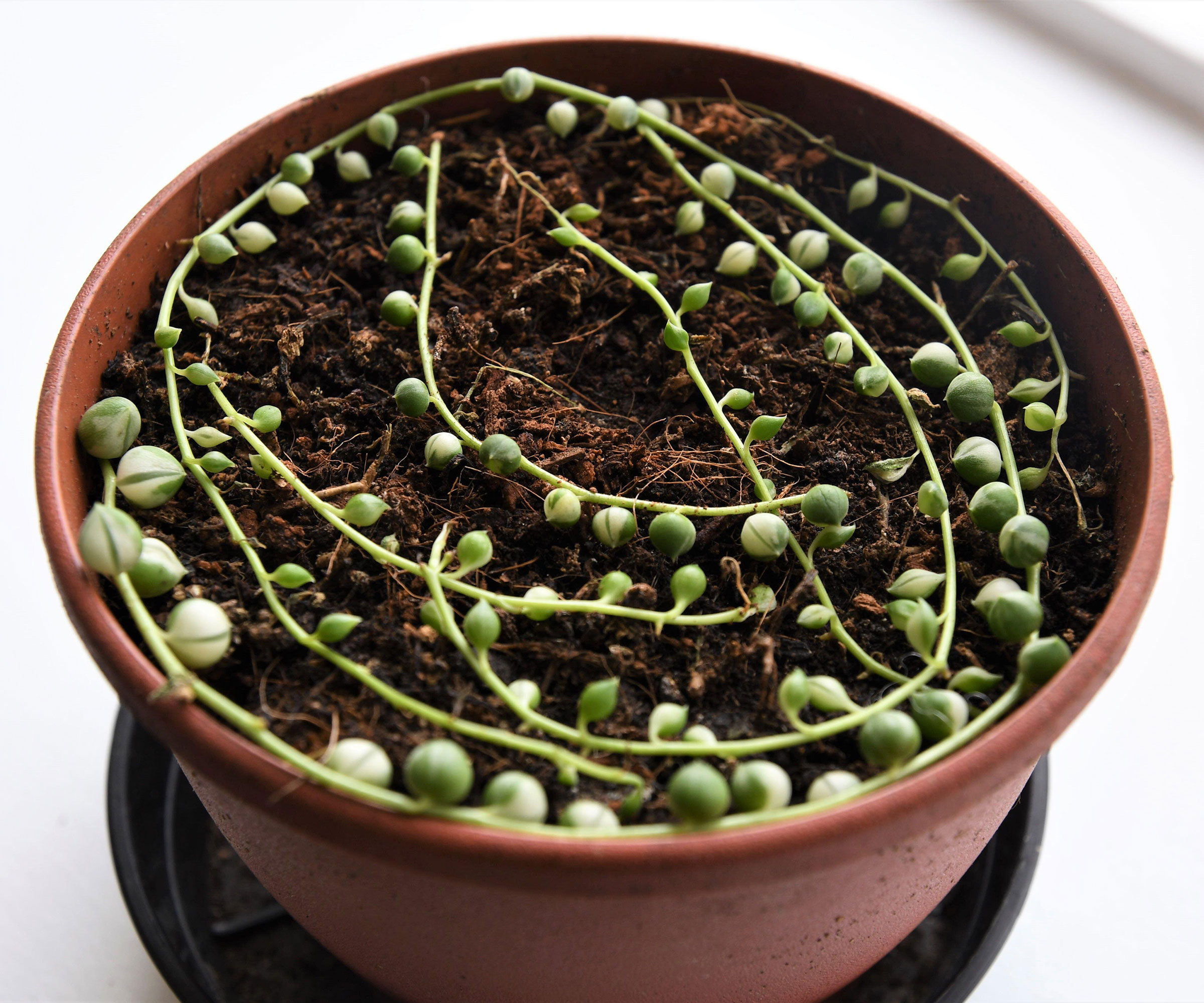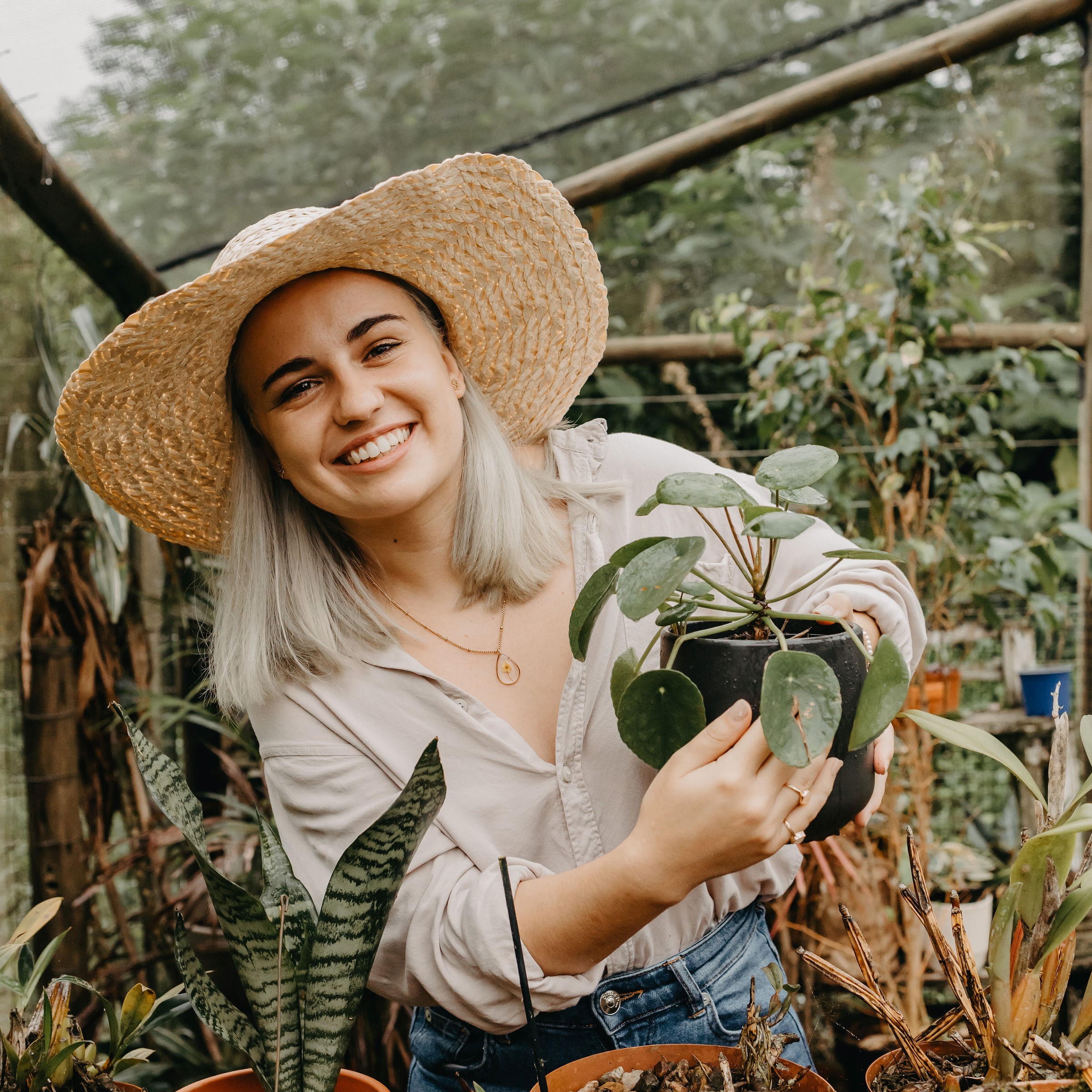How to propagate string of pearls – 3 simple methods to get new plants
Whether you choose to root your string of pearl cuttings in soil or water, it's easy to grow your plant collection


In the world of string succulents, string of pearls (Curio rowleyanus) continues to reign as one of the most popular among houseplant lovers. Along with its many benefits, this succulent is wonderfully easy to propagate, allowing you to quickly expand your collection.
While it is possible to propagate from single leaves or even seeds with limited success, it’s easiest to propagate string of pearls from cuttings for quick and reliable results.
You can root any healthy vines you remove when pruning, or take several cuttings at once to grow a brand new string of pearls plant.

Step-by-step tips on how to propagate string of pearls
With a few cuttings of a healthy string of pearls, typically taken in spring and summer, you can grow a full and thriving plant in just a couple of months.
I like to take cuttings to propagate whenever a vine gets too long, removing the end sections of each one. This reduces the weight on the vines (especially important if it's used as a trailing plant in a hanging basket) and keeps the plant cute and compact. But as long as your string of pearls is healthy and the stems are not damaged, you can take plant cuttings from any vine at any time.
1. Remove your cuttings
Start by choosing the spots you want to take cuttings from. To avoid making a plant cuttings mistake, the vines should be free of damage or disease for the strongest possible start. It’s best to remove a few at a time to create a fuller plant in the new container.
Also consider the look of the original plant when deciding which cuttings to remove. You don’t want to trim only one side back, leaving the growth lop-sided. Take as many cuttings as you need from the dangling vines – these resilient indoor plants will bounce back quickly.
Design expertise in your inbox – from inspiring decorating ideas and beautiful celebrity homes to practical gardening advice and shopping round-ups.
Grab a clean and sharp pair of pruning shears to snip off a few cuttings. Aim for around 5 inches in length for each piece (or slightly shorter if you plan to root in water, see below). Use the opportunity to shape the plant, taking cuttings from the longer vines first and rotating the pot until all sides are even.
Some gardeners recommend leaving the cuttings to sit for a day or two before rooting to prevent rot. You can complete this step if you want to be extra cautious, but I have never had trouble with my string of pearls cutting when planting immediately. Their growth habit is slightly different from other succulents so I find the risk of rotting lower than you may expect when propagating succulents.
2. Remove bottom leaves from the cutting
After removing the cuttings, start stripping off the little pearls from the bottom half of each vine. This will expose the nodes along the stem – the point where the roots will emerge – and removes any leaves that may rot when planted beneath the soil line.
Pearls can be removed by hand, but be extra careful when handling the vines. They are quite delicate and can break off easily if handled too roughly. Think of it as a calming, meditative exercise (especially if you have lots of pearls to remove from many cuttings) rather than a quick task.
3. Rooting the cutting
The next step of propagating a string of pearls is rooting, and here you have a few options.
I prefer to plant individual cuttings directly into succulent soil mix for the best results and strongest plants, but you can try whichever method works best for you:
- Rooting in soil: This method anchors the vines well and doesn’t involve later transplanting, limiting damage. Fill a small container with succulent and cacti potting mix, or a mixture of equal parts potting mix and river sand. This organic cactus and succulent potting mix by The Valley Garden at Amazon would be suitable. Make a small hole in the soil with your finger and bury the bottom half of the cutting, pressing around the sides to settle it in place. Plant a few cuttings together for a fuller plant.
- Rooting in water: If you prefer to watch the roots grow, string of pearls can also be rooted in water. Use a shallow glass or bowl filled with water and lay the cuttings inside, keeping the bottom half submerged and the top half dry. Transplant carefully into succulent potting mix when the roots are around an inch long. Don’t wait too long to transplant as this is a common water propagation mistake and will increase your risk of rot and transplant shock.
- Rooting on soil: The easiest method of them all is simply laying vines on top of the soil and anchoring them in place with pins. For this method, you can also skip step two, as roots will grow down into the soil beneath the leaves. While this method is quickest, it doesn’t deliver the strongest root system, and vines may become uprooted once the plant grows over the edges of the container.

You can root a string of pearls cutting on top of the soil
4. Aftercare
Whether you’ve planted in a pot or glass, it’s important to move the container to a bright area with enough sun to stimulate root growth. Cuttings will likely rot when kept in low light. If you can’t find the right spot, supplement with grow lights (such as this Lordem grow light from Amazon) and heat mats to increase your chances of success.
For cuttings rooted in soil, keep the soil lightly moist by misting regularly. Too much moisture will lead to rot, and too little moisture will inhibit root growth. Find the right balance and maintain it until the roots of your new string of pearls have established.
The amount of time it takes to propagate a string of pearls plant will depend on the health of your cuttings and environmental conditions. Rooting may take a couple of weeks in the right spot, or slightly longer if conditions are not ideal. Be patient and you should see new root and stem growth with the right care.

Madison is a garden writer and editor, covering all things outdoors and lifestyle. After completing a BA in History and Political Science, she transformed her years-long passion for plants into a career writing for both digital and print publications. As garden editor of several print titles, Madison focuses on trends and developments in the continuously expanding gardening industry. When not typing away at her desk, she tends to her ever-growing houseplant collection and travels frequently, photographing and reporting on gardens around the world.